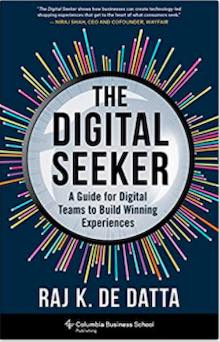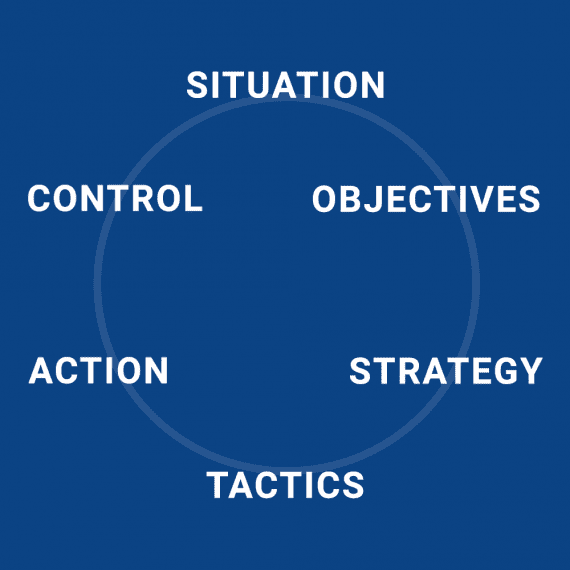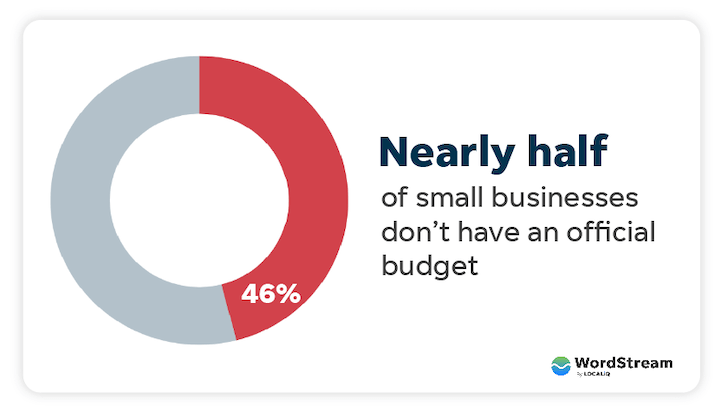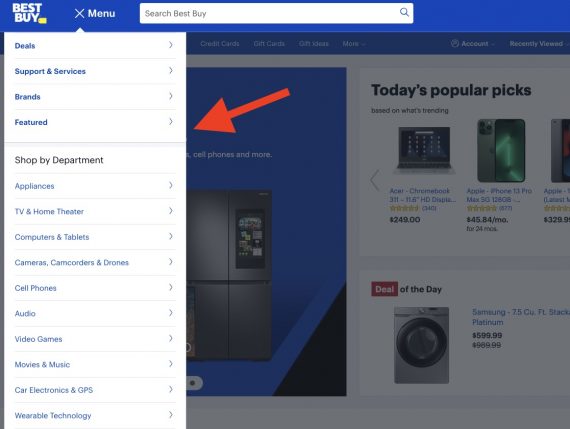I’ve known Julie for many years, and in that time, she has made many stops on her career journey to fix apparel and fashion digital shopping — growing up at Nordstrom; then at Urban Outfitters, Sephora, and Stitch Fix; and now at her own fashion start-up, The Yes, which she cofounded with former Bloomreach chief technology officer Amit Aggarwal. She started in ecommerce in the days when the mission was simple: put a product catalog online and allow people to transact. Eventually that mission would get extended to add more and more products and make it easier and easier for customers to shop. But ten years after being an ecommerce pioneer, she got involved in Stitch Fix, where the approach was exactly opposite that of Nordstrom, Urban Outfitters, and Sephora. It was not about having more product online; it was about having less product, having a more personalized experience, and having the shopping done for you. Her newest venture, The Yes, goes one step further as it attempts to marry the benefits of vast selection across brands with personal recommendations and custom ranked search for each shopper.
But when we get there, we find the internet is a frustrating place — because when it comes to choices, the internet has outdone itself. Fueled by the ever-accelerating rate of new data and new content, everyone out there can offer you a product or service that you should try. We are awash in options and left to wonder whether we might find something better with just one more click. The hunt for one item turns into a quest for answers amid far too many possibilities. Choice becomes distracting rather than focusing. Which is the best item for us? And how can we know?
Editor’s note: Raj K. De Datta is co-founder and CEO of Bloomreach, a platform for digital commerce experiences. De Datta is a thought leader in the commerce industry. His book “The Digital Seeker: A Guide for Digital Teams to Build Winning Experiences,” is now available. What follows is an excerpt from chapter two, published by arrangement with Columbia Business School Publishing.


Julie is not alone. Rent the Runway, another fashion destination, was started with the fundamental insight that many women simply don’t want to wear the same outfit often — an observation that has led to fast-fashion success stories like H&M and Zara. But Jennifer Hyman and Jennifer Fleiss started Rent the Runway on the premise that maybe outfits don’t always need to be bought — maybe they can be rented. Many years after they founded their business, their customers wear rented outfits over 120 days a year! The first generation of fashion businesses on the internet — Nordstrom, Macy’s, and others — focused on offering more and higher-quality choices. They were followed by the fast-fashion players such as Zara and H&M that offered luxury brands knocked off at lower prices. The innovators looked deeper and decided that the seeker’s true motivation was wanting to look great, to vary their outfits, and to be true to their style and fit — all with minimum effort. They delivered that experience and built multibillion-dollar enterprises along the way.
Some pioneers in the seeker-centric movement are deeply connected to the unhappiness that lies just beneath the surface of many internet interactions. Julie Bornstein is a former COO of Stitch Fix — a fashion retailer designed for people who think the internet has ruined shopping. “It’s hard to shop. It’s gotten to a point where shopping is overwhelming,” she says. “Even if you’re a really savvy shopper, it’s exhausting and inefficient.”
The Digital Seeker: A Guide for Digital Teams to Build Winning Experiences
This is the challenge presented to digital teams. And to get rid of what frustrates us and create the winning experiences we want, the teams need a new way of looking at the problem — one that puts the seeker in the center.
We can define seeker as a customer or consumer looking to achieve a higher-order outcome — which then gets decomposed into a series of products or services that they might be looking for. They then become a customer or prospect looking for those products and services.
All over the internet, you’ll find businesses and organizations reorienting the user experience to put the seeker at the center. These companies recognize that while choice is great, we can do much more to make the experience positive and productive.
We go to the internet for solutions, and instead we get a digital to-do list that forces us to try to optimally select each item on the list. It becomes a routine exercise in frustration. As experts encourage us to spend less time in front of our screens, we are only spending more. We don’t know who to blame for our predicament. We’re wondering why the internet isn’t making us happier.






